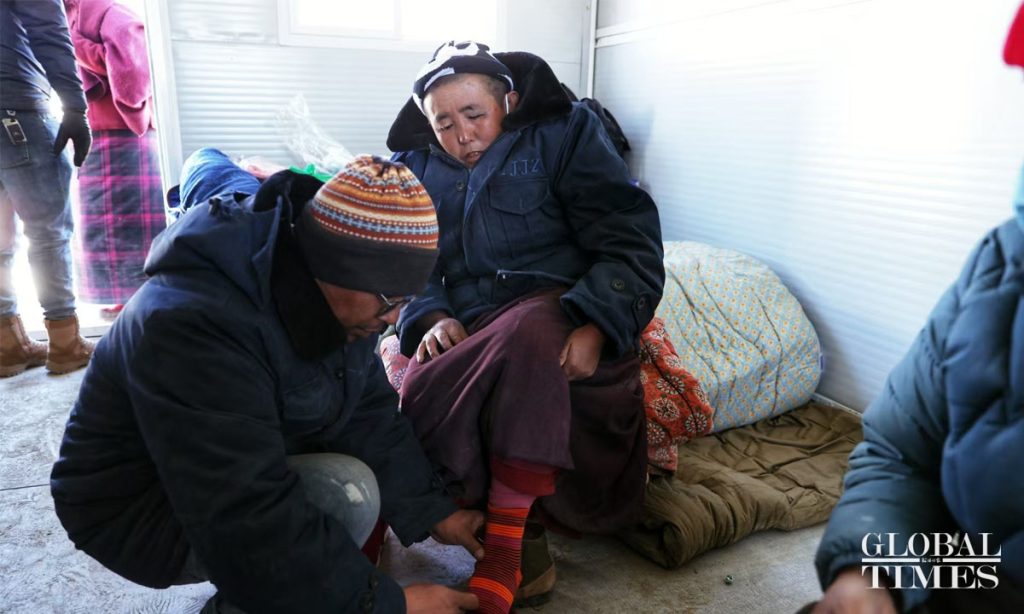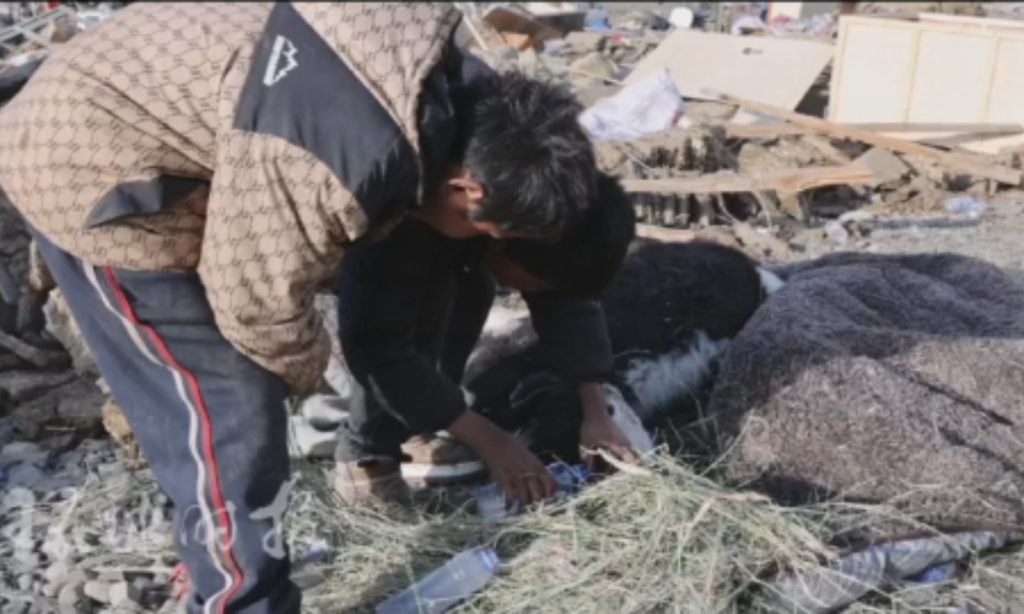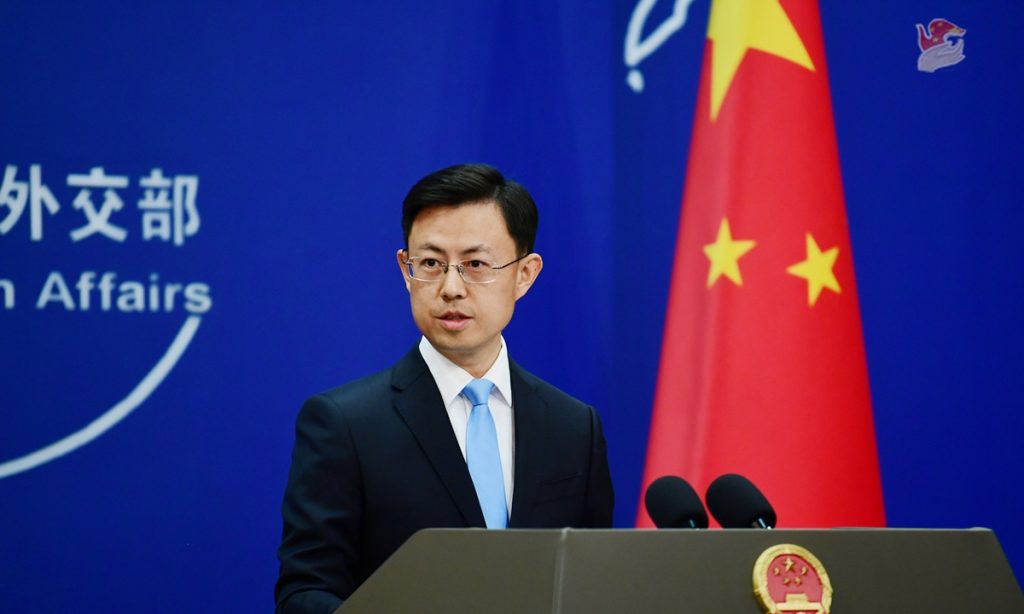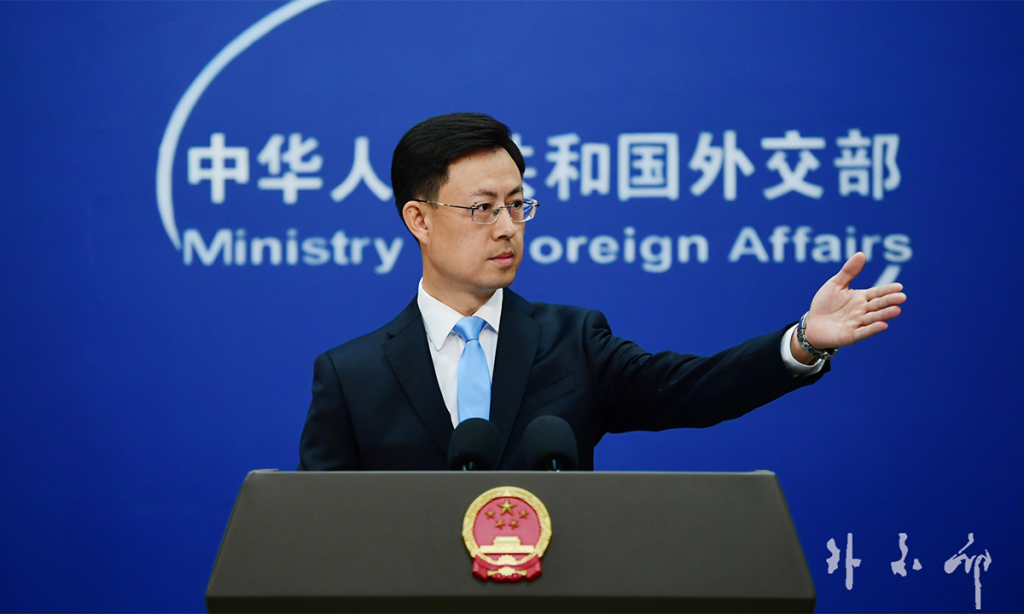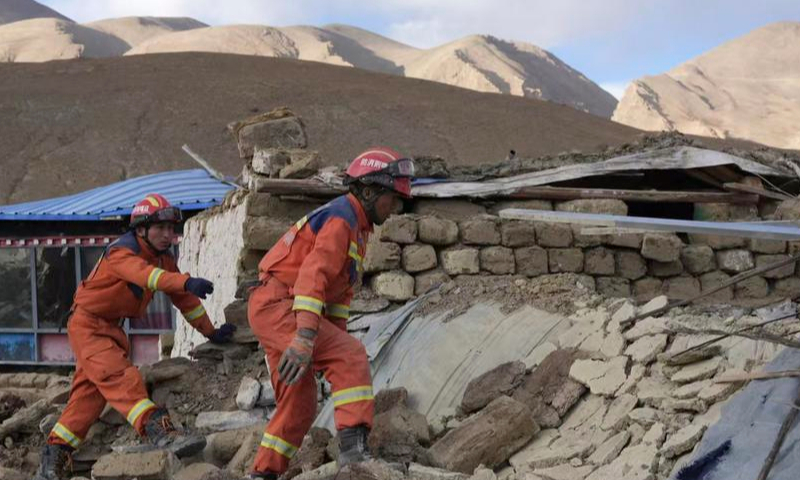Blazes devour California, but more wind is on the way
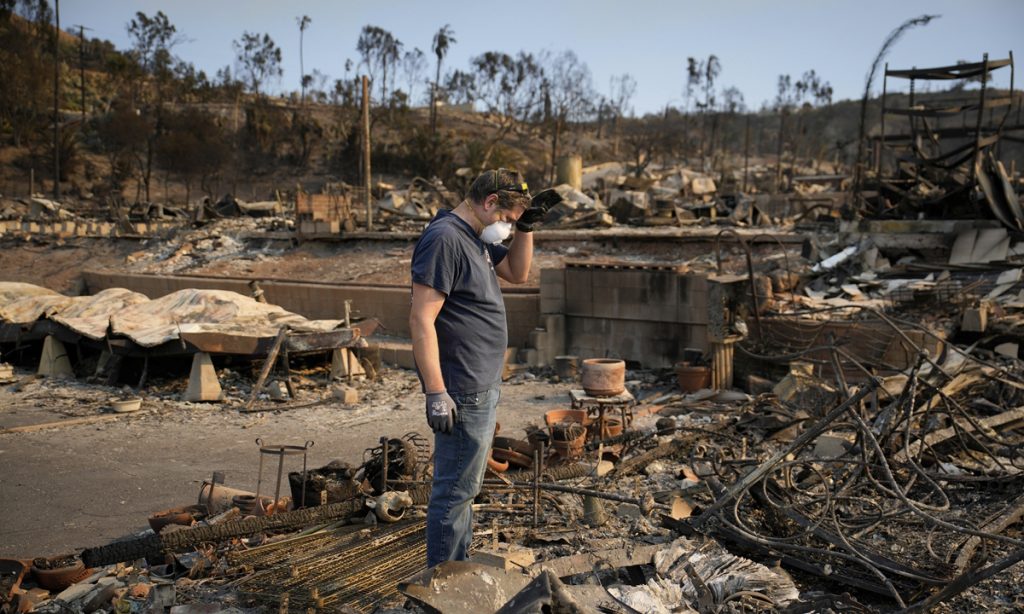
Massive wildfires have claimed the lives of at least 16 people and ravaged 37,000 acres in the greater Los Angeles area, destroying entire communities and over 12,000 structures, NBC reported.
At least 13 people are missing, LA County Sheriff was quoted by NBC News as saying. At least 153,000 LA residents were under evacuation orders overnight.
The National Weather Service warned of worsening Santa Ana winds that it predicted would pick up Saturday night into Sunday morning in Los Angeles and Ventura counties, and again on late Monday through Tuesday morning, bringing sustained winds up to 30 mph and wind gusts up to 70 mph, according to Reuters.
Amid the ongoing local efforts to stem the devastating fires, a humanitarian team from Mexico arrived at the Los Angeles International Airport on Saturday afternoon. The firefighters will join more than 14,000 personnel already on the ground fighting the fires, ABC reported, noting that aside from Mexico, mutual aid from Canada is also expected to arrive on Monday.
Politicize the fire?
As a series of wind-driven fires ravages Los Angeles County, local government officials have been criticized for not doing enough for the county's emergency response.
On Saturday, Mayor Karen Bass dismissed claims that she had failed the city's fire department by issuing nearly $18 million in budget cuts, a move Los Angeles Fire Department (LAFD) chief Kristin Crowley previously warned could hinder the city's ability to combat wildfires. Bass was previously also criticized for the timing of her overseas trip in Ghana.
On Friday, Crowley told Fox 11 that her department is not "properly funded," saying funds that were slashed from the department's budget for the 2025 fiscal year likely impacted "our ability to provide service," according to Forbes.
President-elect Donald J. Trump offered fresh criticism early Sunday of the officials in charge of fighting the Los Angeles wildfires, calling them "incompetent" and asking why the blazes were not yet extinguished, the New York Time reported. "The fires are still raging in LA," Trump wrote on his Truth Social site. "The incompetent pols have no idea how to put them out."
Trump's comments indicated that the fires, and officials' response to them, will likely occupy a prominent place on his domestic political agenda when he takes office on January 20. He has renewed a longstanding feud with California's governor, Gavin Newsom, who in turn has accused Mr. Trump of politicizing the fires, per New York Times.
Calling out the Golden State's leadership, actor and director Mel Gibson told California Governor to "spend less on hair gel," noting he is "not a big admirer" of either executives' leadership in his interview with Fox news. Gibson is among the celebrities who have lost homes to the Los Angeles wildfires.
"California has a lot of problems that sort of baffle the mind as far as why they do things, and then in the events like this, you sort of look, well - is it on purpose? Which, it's an insane thing to think, but one begins to ponder whether or not there is a purpose in mind," Gibson said.
"California has the best land but the worst government," a blogger from California Kaizen Asiedu, with about 39 thousands fans on Instagram, claimed in his video.
California has incompetent politicians who constantly focus on things that sound good while actually going bad. They tend to ignore the second-order consequences, Asiedu said, who added that local policies around water management and clearing deadwood in forests might be exaggerating the effects of these fires.
"I believe the Los Angeles Fire Department (LAFD) is trying their best to contain but the budget cut and whatever the government was doing on the reserve water were not helping," Travis Trinh, a 34-year-old who lives in Los Angeles, told the Global Times.
Tracy Li, 27, a marketing assistant who has lived in California for over 10 years, told the Global Times that the most frustrating part is that a lot of insurance companies canceled the fire insurance on a lot of big houses recently so some people who were affected can't get their money back.
Blaming game
Wildfires are an annual occurrence in California, usually starting in June or July and lasting until October. However, Los Angeles experienced record heat in the summer of 2024 with rainfall only about 4 percent of normal time as a result, extending the fire season from October to January, according Xinhua News Agency.
Sun Shao, a senior researcher at Chinese Academy of Meteorological Sciences, told the Global Times that in the recent wildfires, "Santa Ana winds" were exceptionally strong, contributing to the rapid spread of the flames.
Meanwhile, California is experiencing its driest period on record, with vegetation dry and highly combustible. Changes in high temperatures and rainfall patterns caused by climate change are making vegetation drier, which increases the risk of fire, Sun said.
County officials announced Friday they are overhauling their emergency alert system, which reportedly issued false alarms, according to the LA Times.
Previously, as crews have fought the fast-spreading fires across the Los Angeles area, they have repeatedly been hampered by low water pressure and fire hydrants that have gone dry, the LA Times reported.
As California is grappling with devastating wildfires, nonetheless, some US media did not forget to attack China. Titled "On the California wildfires and the Xizang earthquake, China's state media give wildly different coverage," a VOA report demonized how Chinese media covered the California fires with terms like "looks like a war zone" and "Armageddon."
However, such terms were not invented by Chinese state media outlets and such phraseology has been used elsewhere by various news outlets. For instance, the LA Times reported that one restaurant owner said the fire that burned Moonshadows, Reel Inn and others was "like Armageddon." And the New York Post published an article with the title: Six Californians describe terrifying moments they lost everything to LA wildfires: 'Like being in a war zone.'"
Even amid disasters, there is still an obsession with denigrating and smearing China, which does not help the US government improve its disaster response and relief efforts. In times of disaster, it is the responsibility of any government to dedicate all its resources to assist those affected, Li Haidong, a professor at the China Foreign Affairs University, told the Global Times.
Sun, the climate expert reached by the Global Times, offered some suggestions for California to better cope with future fires. He said that it is crucial to enhance infrastructure development by ensuring the maintenance and upgrading of water supply systems and electrical facilities to effectively respond to sudden fire outbreaks.
Development in areas where densely populated regions having flammable vegetation should be avoided. Additionally, increasing the budget and resources for fire departments is essential to ensure they can effectively handle large-scale emergencies, the expert stated.
